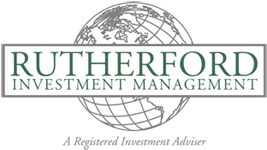Stocks Suffer Worst Quarter Since 2009
Published October 11, 2011

The first quarter of 2009 is not a good reference point for a quarter, the current one, that started on a good note and saw some improvement in gross domestic product, consumer confidence and manufacturing output.
In August, household incomes fell. This was the first monthly decline in overall personal income since October 2009. Real disposable income is actually down for the year 2011. Personal spending was flat in inflation adjusted terms.
Each time the market tried to rally, it was crushed. September was the fifth straight month of market declines, the longest string since March 2009. However, that month also marked the beginning of a two-year market rally.
Worries persisted about the European debt crisis, which has drug on for over a year. Talk of a double dip recession gained currency, though such a predication was rejected by Warren Buffett. The global economy appears to be slowing, with the notable addition of China to the watch list.
The periodic good news followed by headlines of bad news led to one of the most volatile periods for stocks ever. In the quarter, the Dow moved by more than 200 points a day 18 times, and more than 400 points on four consecutive days. Investors’ nerves and confidence were rattled.
Financial stocks were among the hardest hit, with many banks falling by […]
